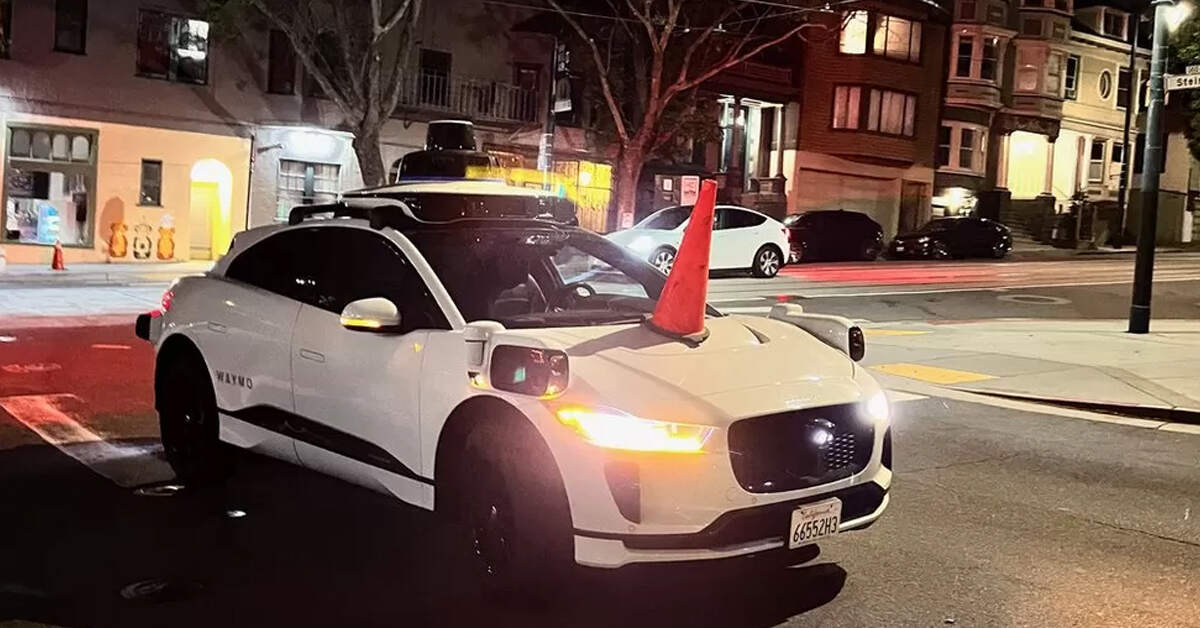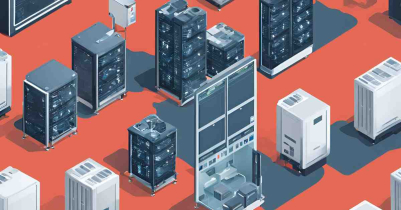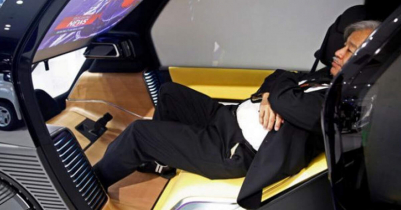Eye News Desk
How robotaxis are dividing San Francisco

My heartbeat quickens just a little as the cab approaches. It's a bizarre sight, one that I thought I wouldn't see in my lifetime. The cab has no driver. It stops in front of me and invites me to unlock its door with my phone - before whisking me into the night.
But as I am about to get in, a passer-by approaches. "They're unsafe," he tells me. He says he saw someone nearly get run over by a robotaxi - and warns me to be careful. He represents a faction in San Francisco that doesn't like robotaxis - and believes the city has agreed to a dangerous experiment, which is putting lives at risk.
And some have gone a step further. Over the summer a campaign group has begun to disable the cars, by putting cones on their bonnets. Safe Street Rebel describes what it does as "coning" and some of its videos have gone viral. But city officials are committed to allowing them to operate on their streets - for now.
On 10 August 2023, the California Public Utilities Commission (CPUC) voted to allow two cab companies - Waymo and Cruise - to run a 24-hour service. Previously, they'd only been allowed to operate paid rides at night. But before that vote, officials listened to six hours of public comment - a conveyor belt of people voicing their hopes and concerns.
There were Uber and Lyft drivers worried that robotaxis would take away their livelihoods: "If you allow self-driving taxis to expand, it's going to take jobs away from families. I'm a single mum," said Rosine, an Uber driver in the city.
Representatives of garbage disposal trucks said the cars often broke down and blocked their vehicles. San Francisco's fire service has criticised the cars for the same reason - claiming to have been obstructed 55 times this year.
Others believe the technology simply hasn't proved itself to be safe yet. Matthew Sutter, a cab driver in San Francisco, said: "I'm all about technology, but it's not ready guys... this is a danger to the citizens of San Francisco."
There were others representing physically disabled people who wondered how they would be able to get into cabs without help from a driver. Mara Math, a member of the Paratransit Coordinating Council, said the embrace of robotaxis would "leave disabled San Franciscans out in the cold".
But then there were its supporters. George Janku, an orthopaedic surgeon in San Francisco and keen cyclist, said: "I see how these cars behave, and I trust them much more than angry drivers or distracted drivers." He added that he had worked on many serious injuries involving human drivers - and that robotaxis appear to be safer.
Jessie Wolinsky, who is blind, said she had been harassed by Uber and Lyft drivers. Waymo cars had "provided me with a level of safety that I've never experienced before". There was also a mother who said taxi drivers had rejected her when they saw her children's car seats - something a driverless car would never do.
I have seen both sides of the argument. I have used Cruise's robotaxis several times over the last few months, without any accidents. At the same time, I have also been in a robotaxi that has broken down in the middle of the street.
Unsure how to handle a tight right-hand turn, it simply stopped. Cars behind me beeped and then finally mounted the kerb to get around us. I could understand their frustration. Just eight days after the vote to allow companies to expand the use of robotaxis, a Cruise taxi was involved in an accident with a fire engine.
Read More
- 32 megapixel camera new phone Tecno Spark 10 Pro
- Google Bard now in Bangladesh
- AI in Bangladesh: Unlocking Potential Amid Challenges
- Refreshing only increases the speed of the computer?
- Samsung Galaxy A54 5G: A perfect price fit!
- Elon Musk`s SpaceX hires 14-year-old Bangladeshi-American Kairan
- Tottering from Twitter to Threads
- Spotify tests voice translation feature for podcasts
- How Afraid Should We Be of Artificial Intelligence?
- Emerging Tech Innovations 2025: The Future is Here
































